Good vibes hivers of the world.
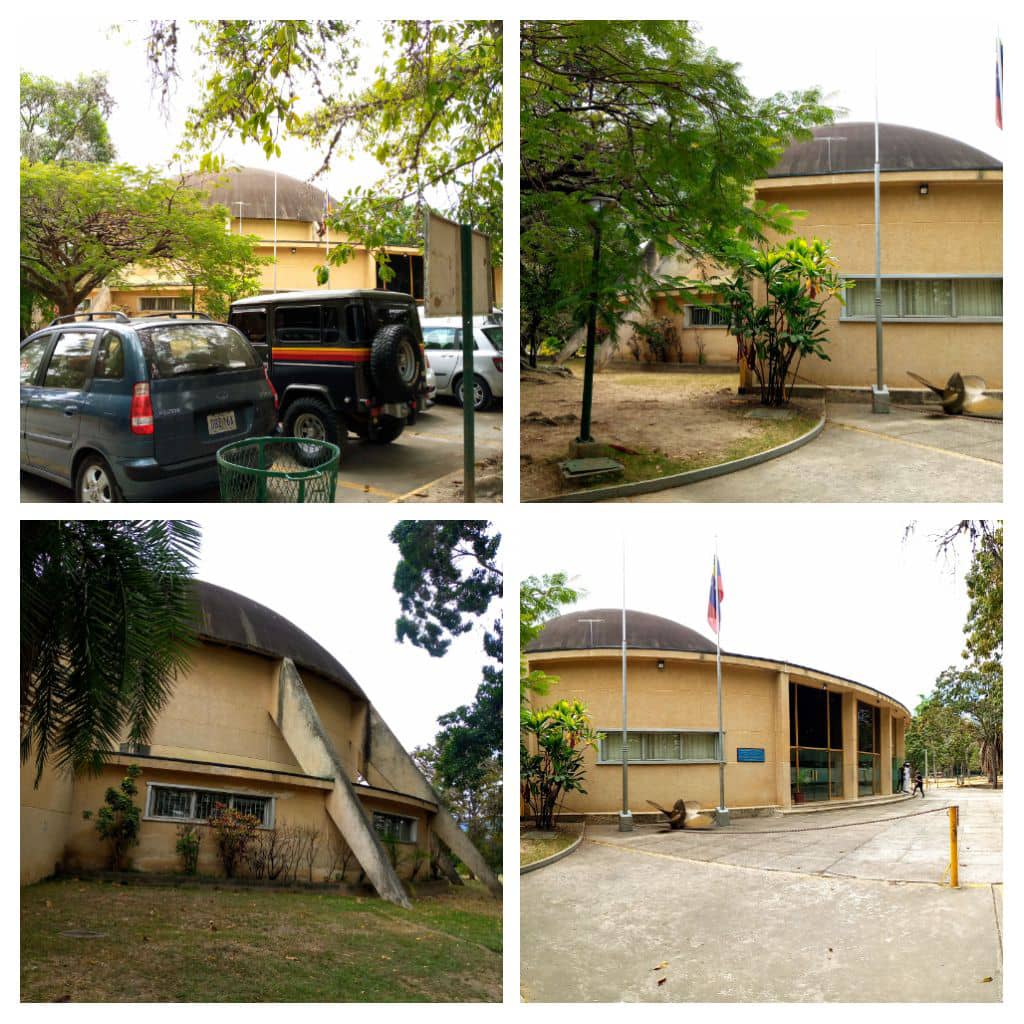
I recognize that I have a certain curiosity about life and the information that surrounds me, even though in recent years I have felt that the amount of information is greater than my ability to read, listen and watch news. Do you feel the same way?
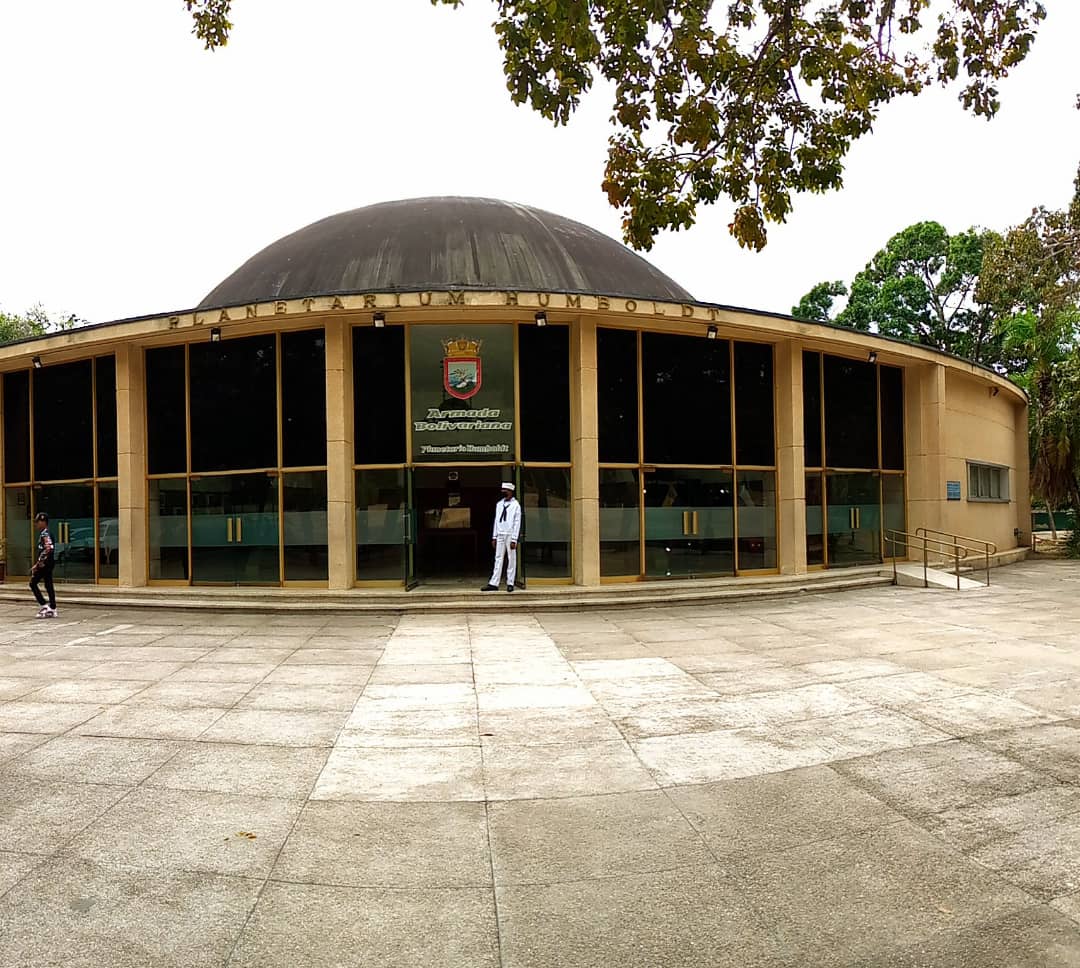
I accept that the information I can find on the internet is abundant, and best of all, I get knowledge without leaving home. Then a doubt remains in my being, and where is the connection with others?
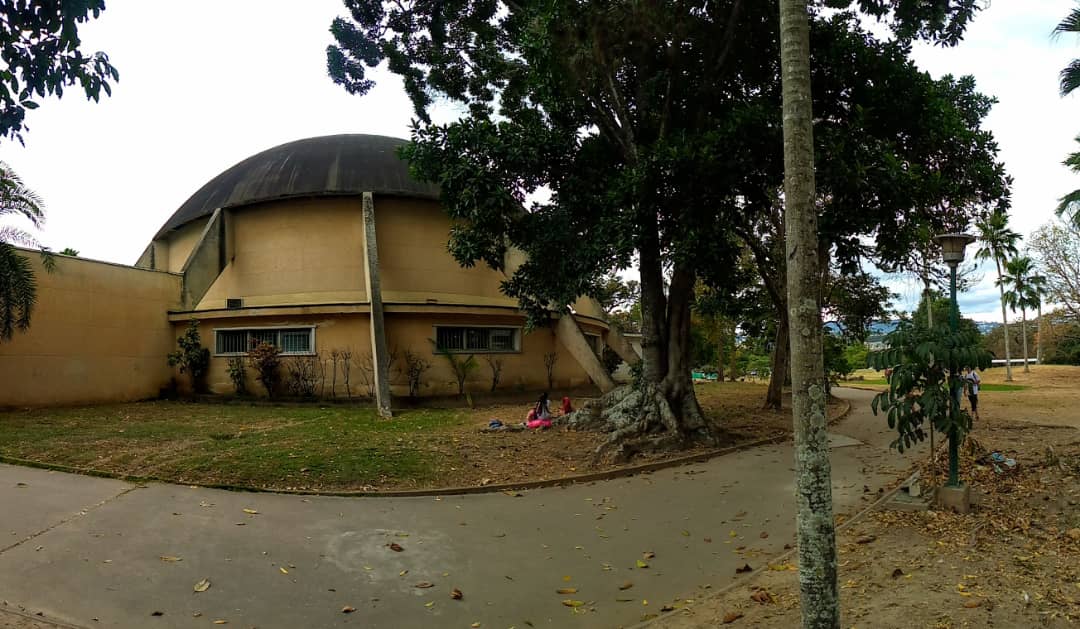
Leaving home and getting together in a space to gain knowledge, learn, dialogue and meet people with the same interests is priceless. And so I am grateful to the many architects who have dedicated their lives to creating spaces of integration. Spaces where knowledge and people converge.
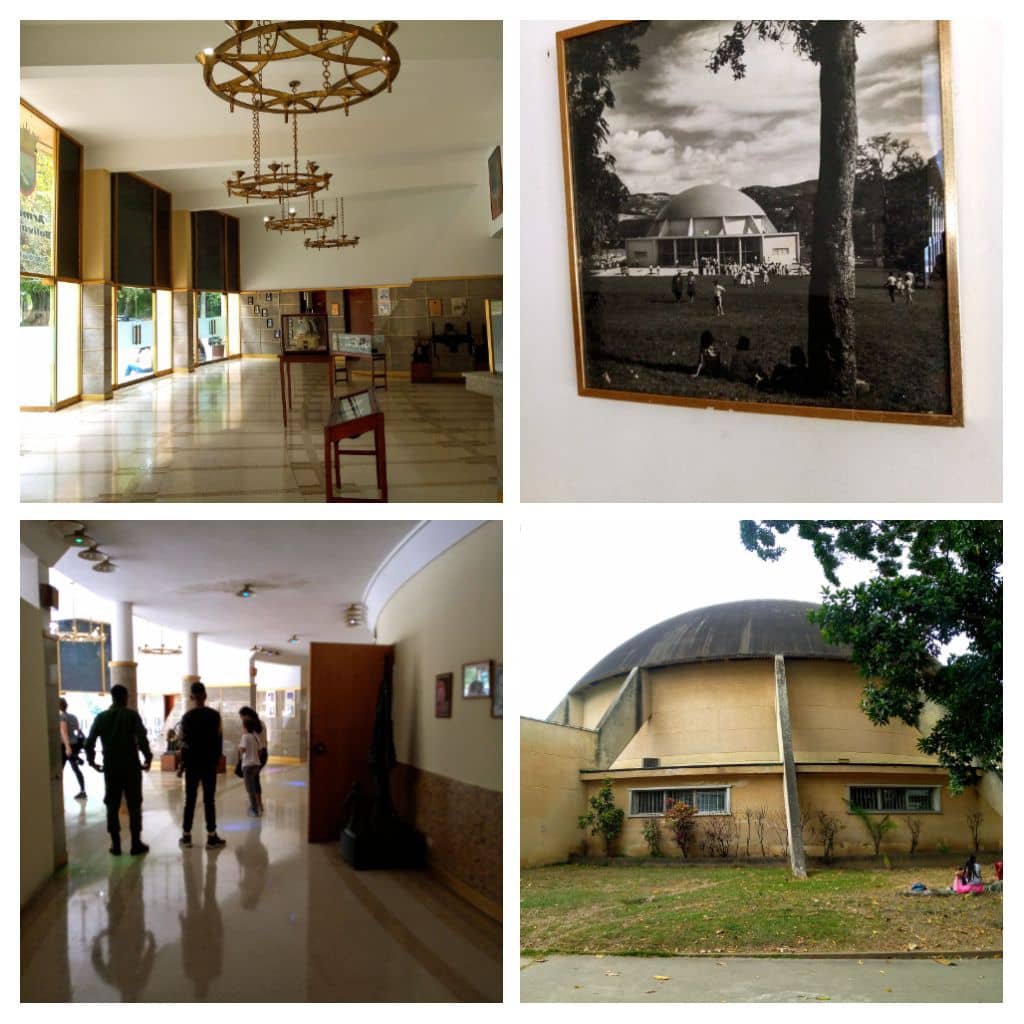
In recent days I visited the Parque del Este or Generalísimo Francisco de Miranda Park, located on Francisco de Mirada Avenue, Los Palos Grandes, Caracas, Venezuela. Within this large part of the park is the Humboldt Planetarium, a place dedicated to the promulgation of information related to the Galaxies, Stars and everything that has to do with outer space.

When I saw the concrete and block structure in the distance, the first thing that caught my attention was its vaulted ceiling and circular construction. Its facade and main entrance is made of glass, with hinged doors.
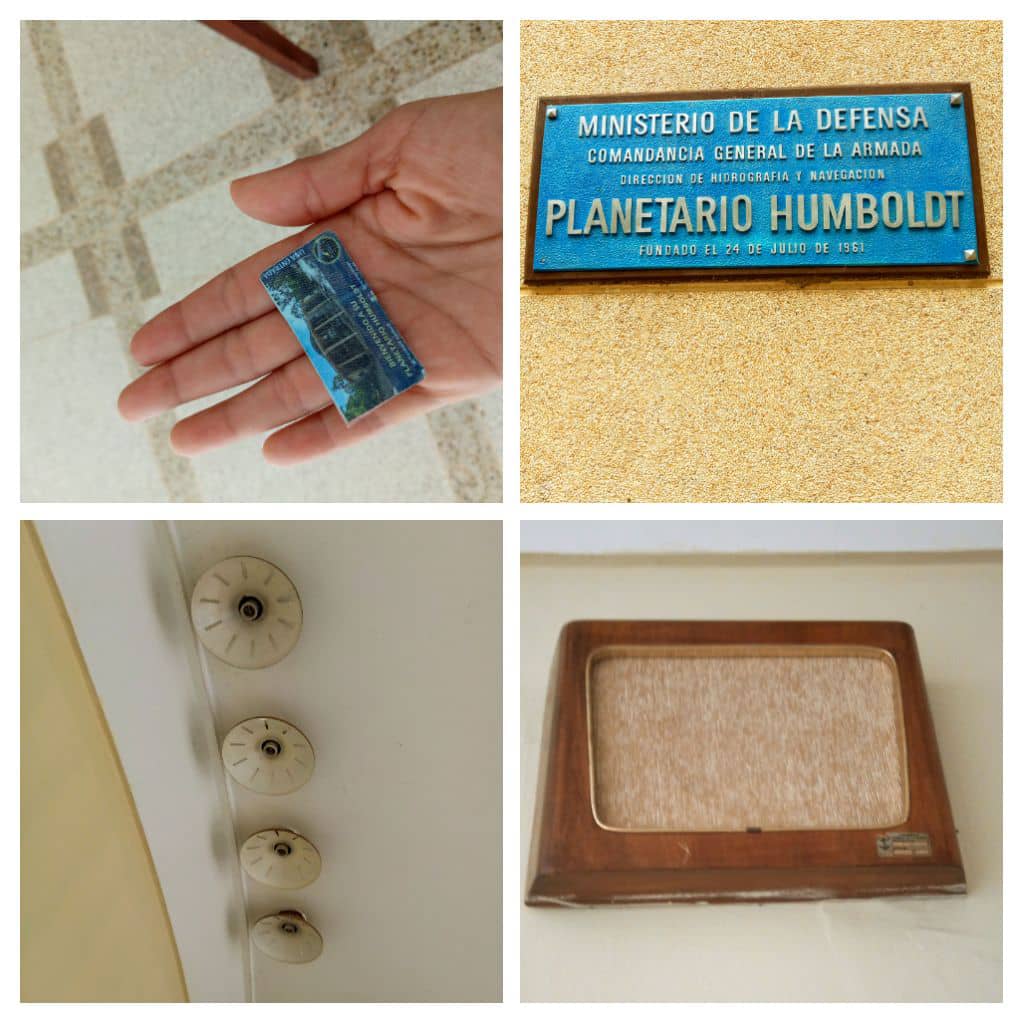
Once inside I immediately felt like I was transported back to the 1960s. The well-kept granite floor shows a geometric sequence in its design. Chandeliers of a very antique design can be seen in the ceilings and as icing on the cake a speaker that immediately transported me to the movies of the 50s, are just some of the details that I could appreciate during my visit.
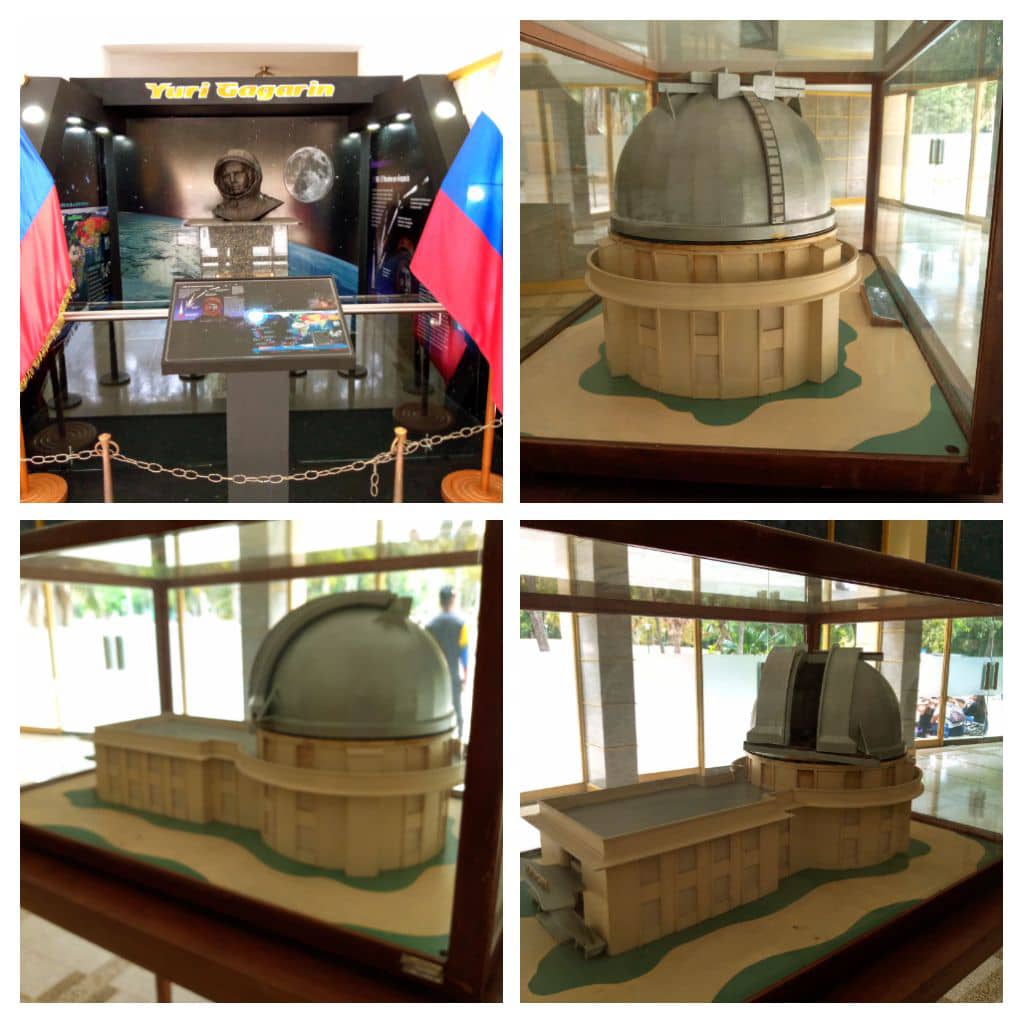
In the lobby there is a small exhibition. You can see a model of an observatory and a ship. Unfortunately, these models did not identify which construction they were referring to.
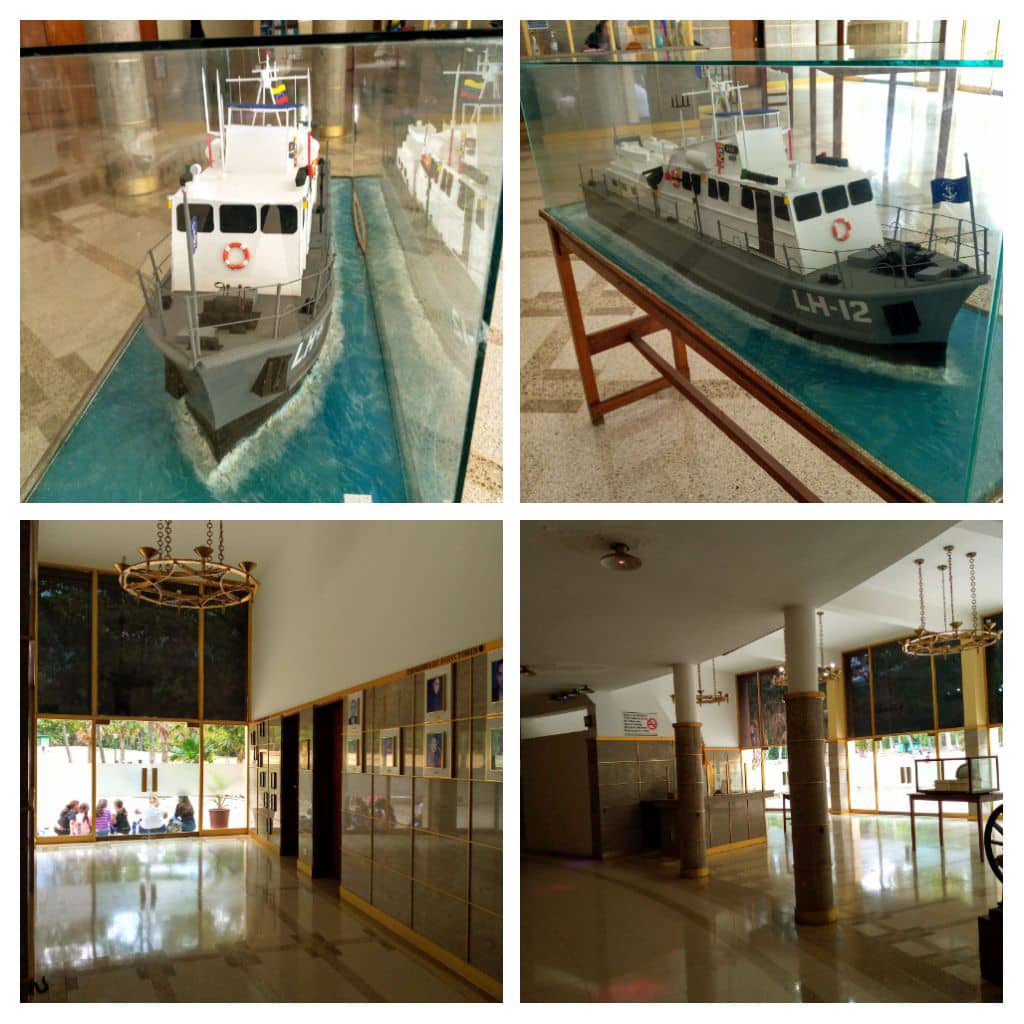
In the exhibition there is an equipment called "Anteojo de Pasos" which is used to determine the time of passage of the stars in the meridian from which the observation is being made. It was used at the Cagigal Observatory in Caracas by scientists making their observations. It definitely caught my attention as it looks quite robust and old.

Before entering the observation room. There is a circular corridor that runs internally throughout the structure. On its walls there are some old photos of the observatory, the moon and some stars. It caught my attention that it gives a lot of prominence to Yuri Gagarin, the first man to travel to outer space.
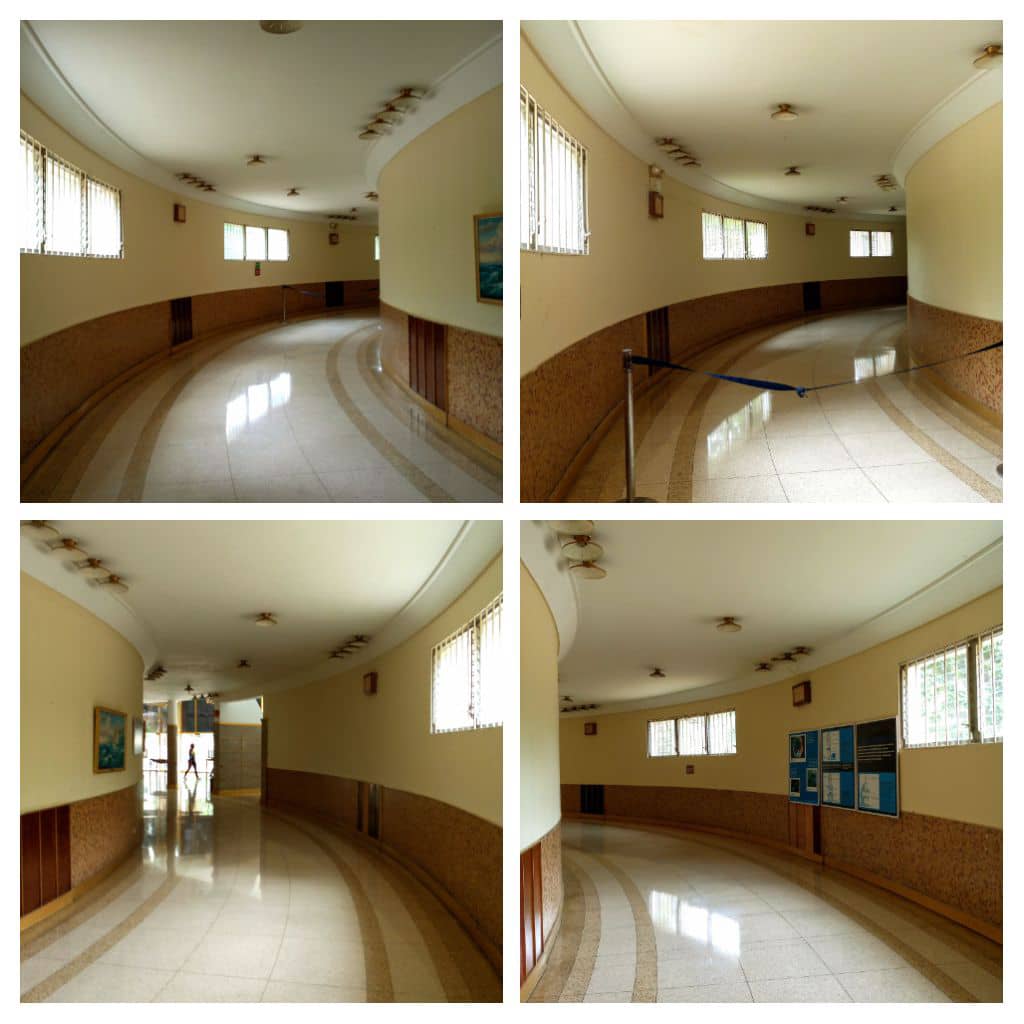

The entrance door to the observation lounge is made of half-timbered wood and once inside a circular room unfolds with very old chairs arranged in the same way. There are four doors each aligned with the four cardinal points.

In the center of the room is the projector, a piece of equipment purchased in the 1950s, according to the guides on site. This projector simulates the stellar configurations of the last 14,000 years and some 9,000 stars, the sun, the moon and the most visible stars. I was impressed that an equipment with more than 60 years of operation was still working. Point in favor of those responsible.
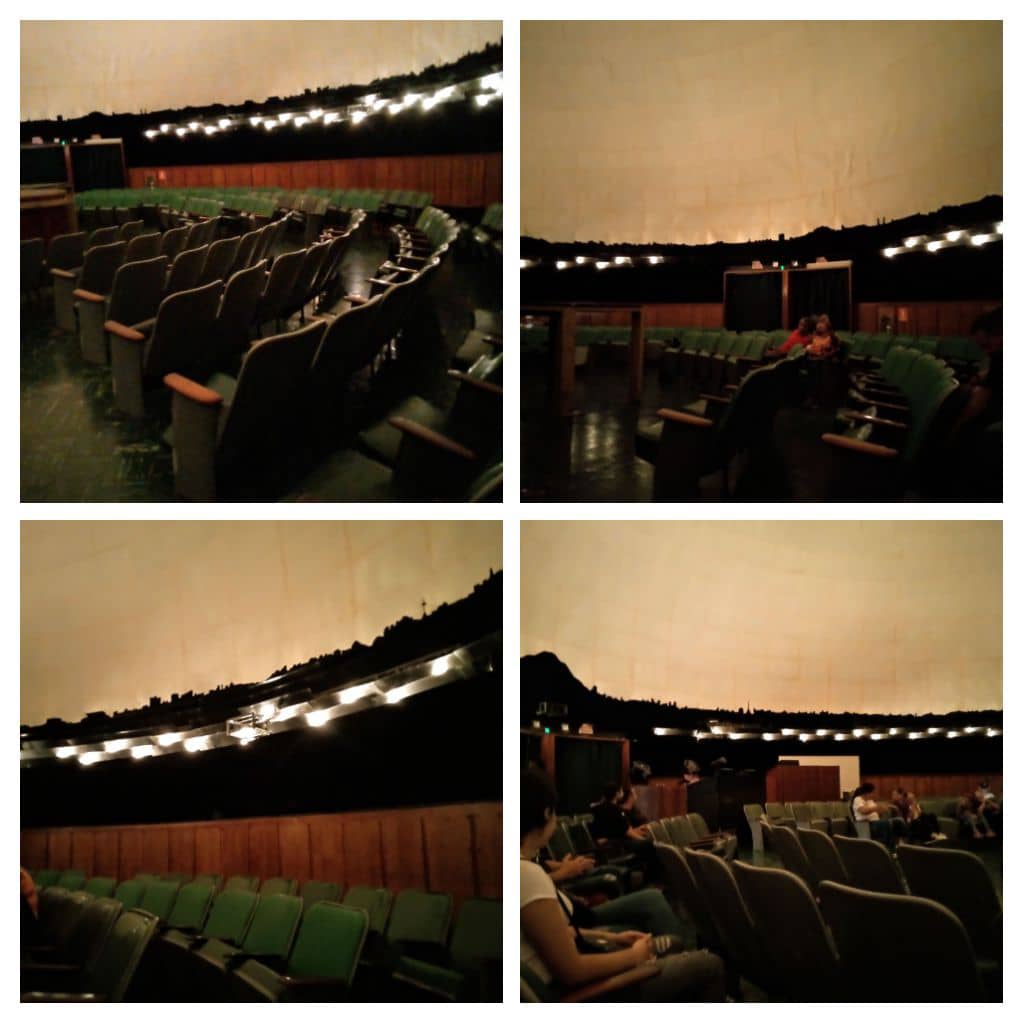
The walls up to almost two meters high are covered with wood and immediately we see the city of Caracas drawn at the time of the inauguration of the Planetarium.
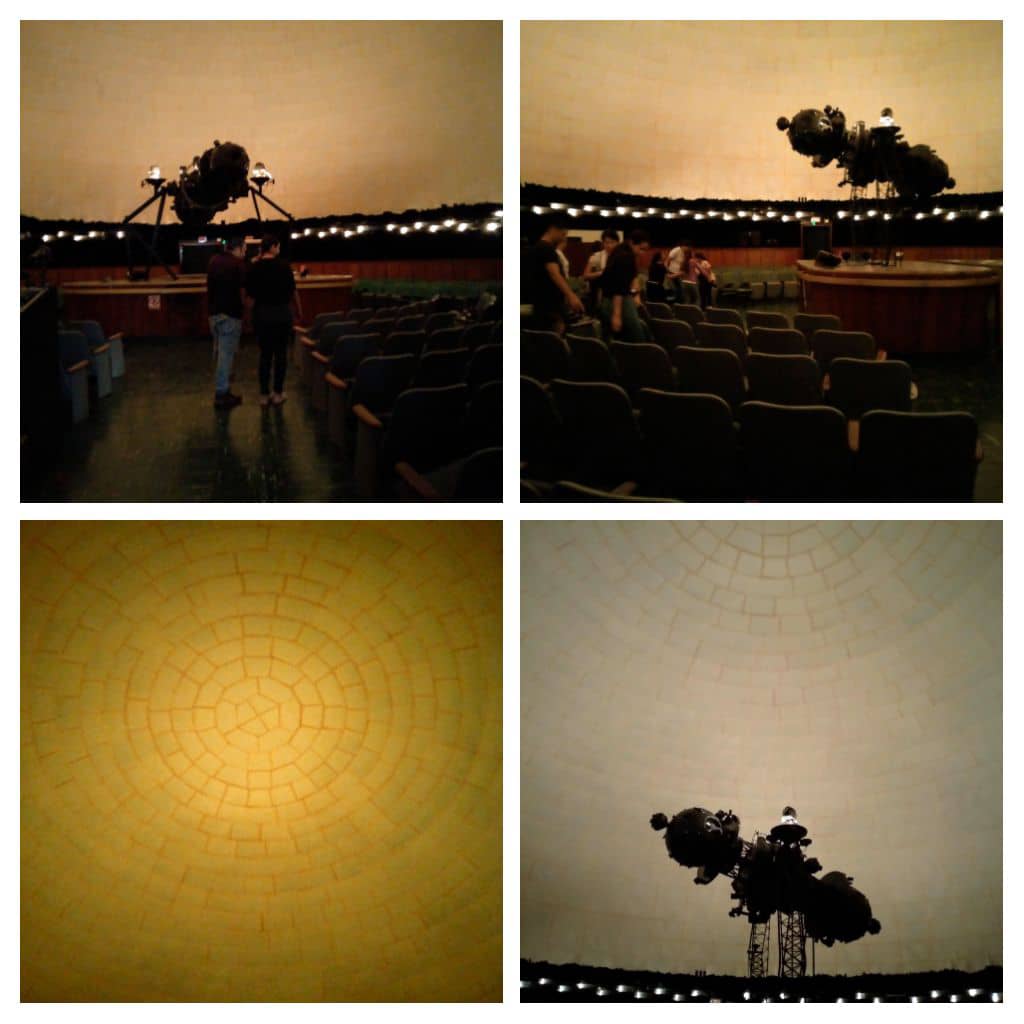
The ceiling, which serves as a projection screen is whitish rather yellowish or maybe it was the lights that were to blame for that color. I noticed that it has a geometric shape, a geometric progression of blocks, later I found out that they are perforated aluminum plates joined to the ceiling by a steel scaffolding.
At the beginning of the show all the lights went out, the sun went down and an ocean of stars appeared. The guide began to talk about the Orion Constellation. I closed my eyes to teleport to outer space, however, I ended up traveling through Gods and Demigods of Greek Mythology.

Thank you for being my companion on these journeys of discovery, learning and fun.
Follow me on my social networks: - Tibaire_Valero - Only_Amigurumis
Own photos taken with my Tecno Spark cell phone //
I used the free version of Deepl.com as a translator.

AHORA EN ESPAÑOL
Buena vibra hivers del mundo.

Reconozco que tengo cierta curiosidad por la vida y la información que me envuelve, a pesar que en los últimos años he sentido que la cantidad de información es mayor a la capacidad que tengo de leer, escuchar y ver noticias. ¿Tú también te sientes igual?

Acepto que la información que puedo encontrar en internet es abundante, y lo mejor de todo, obtengo conocimiento sin salir de casa. Entonces queda en mi ser una duda, y ¿dónde se queda la conexión con los otros?

Salir de casa y reunirnos en un espacio para obtener conocimientos, aprender, dialogar y conocer personas con los mismos intereses no tiene precio. Y entonces agradezco a la cantidad de arquitectos que han dedicado su vida a crear espacios de integración. Espacios donde el conocimiento y la gente convergen.

En días pasados visité el Parque del Este o parque Generalísimo Francisco de Miranda, ubicado en La Avenida Francisco de Mirada, Los Palos Grandes, Caracas, Venezuela. Dentro de este gran parte se encuentra el Planetario Humboltd, lugar dedicado a la promulgación de información relativa a las Galaxias, Estrellas y todo lo que tenga que ver con el espacio exterior.

Al ver a lo lejos la estructura de concreto y bloque frisado, lo primero que llamó mi atención fue su techo abovedado y construcción circular. Su fachada y entrada principal es de vidrio, con puertas batientes.

Una vez adentro inmediatamente sentí que me transportaba a la década de los 60s. El piso de granito muy bien cuidado, muestra una secuencia geométrica en su diseño. Lámparas de un diseño muy antiguo se aprecia en sus techos y como guinda del pastel un parlante que me transportó inmediatamente a las películas de los años 50s, son solo algunos detalles que pude apreciar en mi visita.

En el vestíbulo hay una pequeña exposición. Se puede apreciar una maqueta de un Observatorio y un buque. Lamentablemente estas maquetas no tenían identificado a que construcción hacía referencia.

En la exposición se encuentra un equipo llamado “Anteojo de Pasos” que sirve para determinar el momento de paso de los astros en el meridiano desde el que se está haciendo la observación. Fue utilizado en el Observatorio Cagigal de Caracas por los científicos que hacían sus observaciones. Definitivamente llamó mi atención pues se aprecia bastante robusto y antiguo.

Antes de ingresar al salón de observación. Se encuentra un pasillo circular que recorre internamente toda la estructura. En sus paredes hay algunas fotos antiguas del observatorio, la luna y algunos astros. Llamó mi atención que le da mucho protagonismo a Yuri Gagarin, el primer hombre en viajar al espacio exterior.


La puerta de entrada al salón de observación es de madera entamborada y una vez adentro se despliega un salón circular con sillas muy antiguas dispuestas de la misma forma. Hay cuatro puertas cada una alineada con los cuatro puntos cardinales.

En el centro de lugar se encuentra el proyector, un equipo comprado en la década de los 50s, según informaron los guías del lugar. Este proyector simula las configuraciones estelares de los últimos 14000 años y unas 9000 estrellas, el sol, la luna y los astros más visibles. Quedé impresionada que un equipo con más de 60 años de funcionamiento siguiera funcionando. Punto a favor de los responsables.

Las paredes hasta casi dos metros de altura están revestidas de madera e inmediatamente vemos dibujada la ciudad de Caracas para el momento de la inauguración del Planetario.

El techo, que sirve como pantalla de proyección es de color blanquecino más bien amarillento o quizá hayan sido las luces las culpables de ese color. Note que tiene una forma geométrica, una progresión geométrica de bloques, luego me enteré que son placas de aluminio perforadas unidas al techo por un andamiaje de acero.
Al comenzar la función apagaron todas las luces, el sol se escondió y apareció un océano de estrellas. El guía comenzó a hablar de la Constelación de Orión. Cerré mis ojos para teletransportarme al espacio exterior, sin embargo, terminé viajando a través de Dioses y Semidioses de la Mitología Griega.

Gracias por ser mi compañía en estos viajes de descubrimiento, aprendizaje y diversión.
Sígueme en mis redes sociales: - Tibaire_Valero - Only_Amigurumis
Fotos propias tomadas con mi celular Tecno Spark //
Utilicé la versión gratuita de Deepl.com como traductor.
